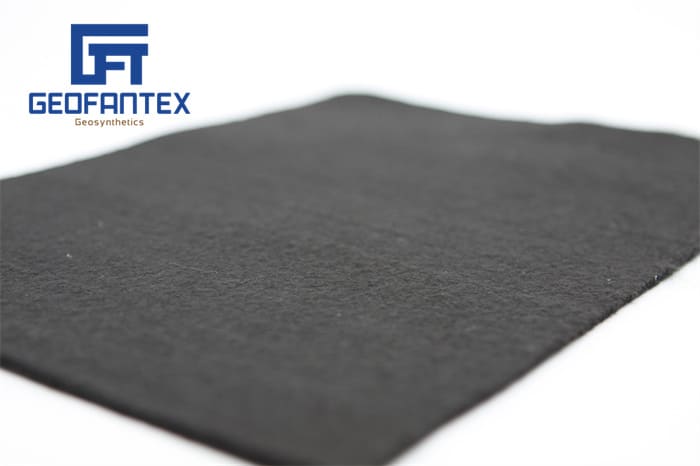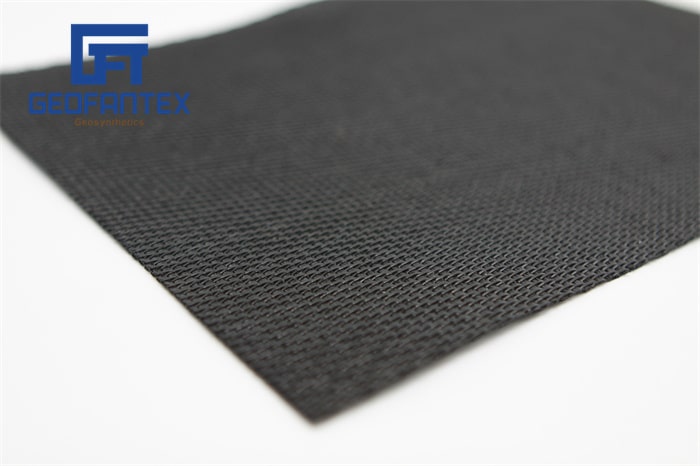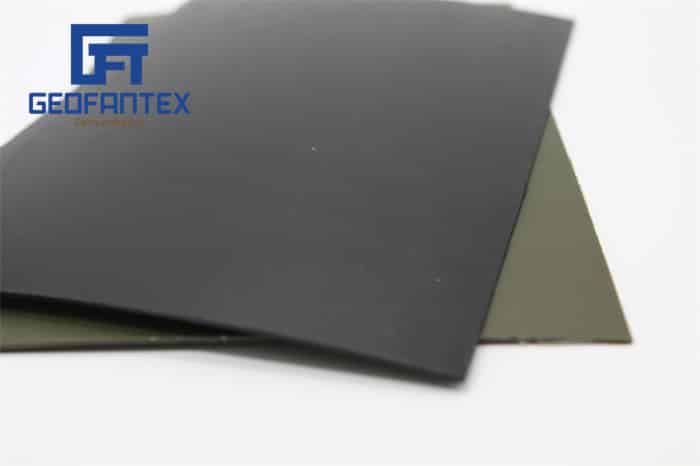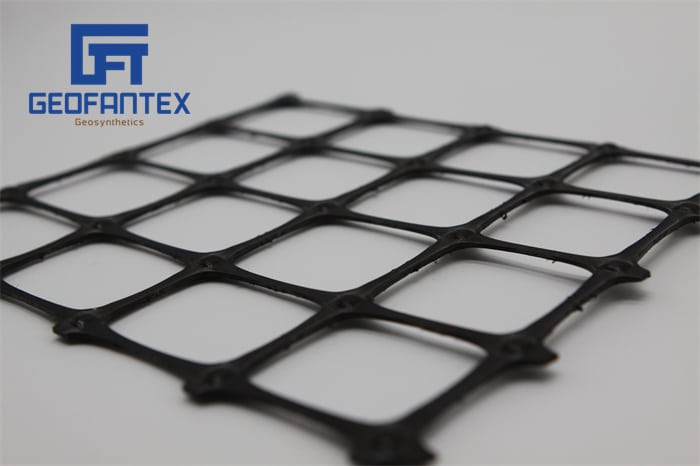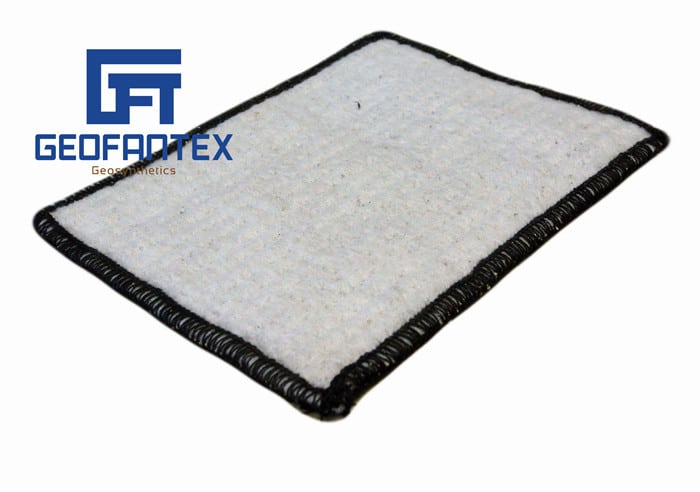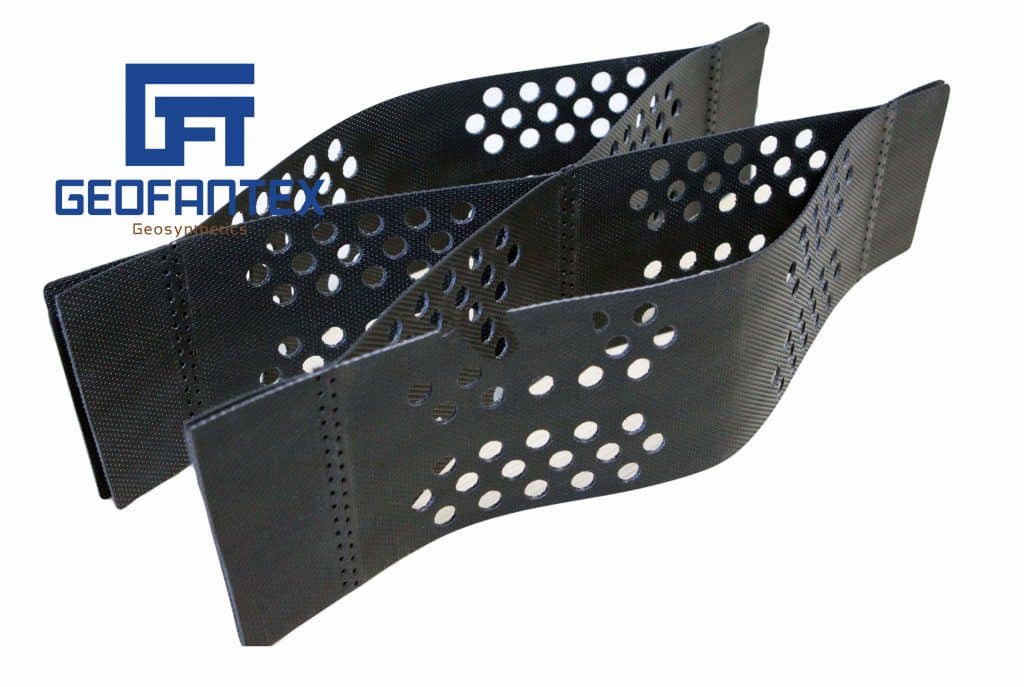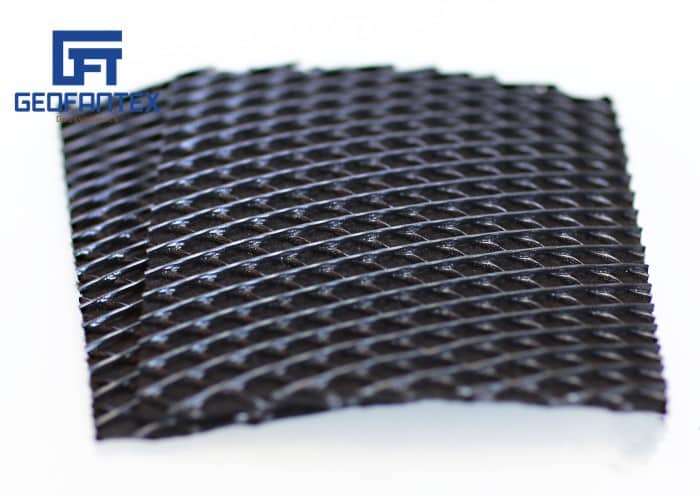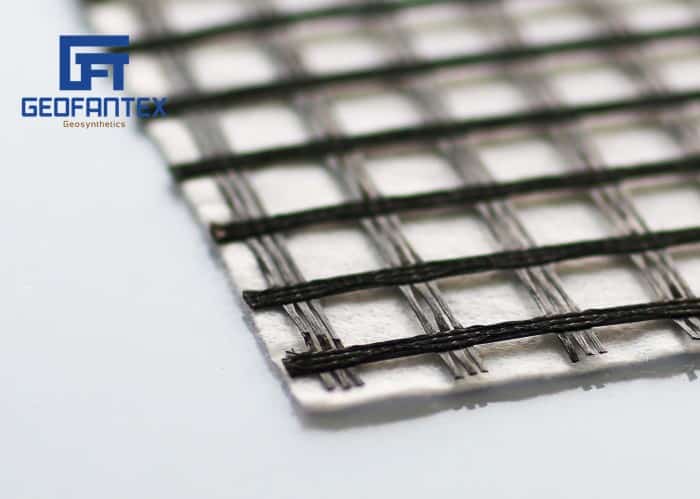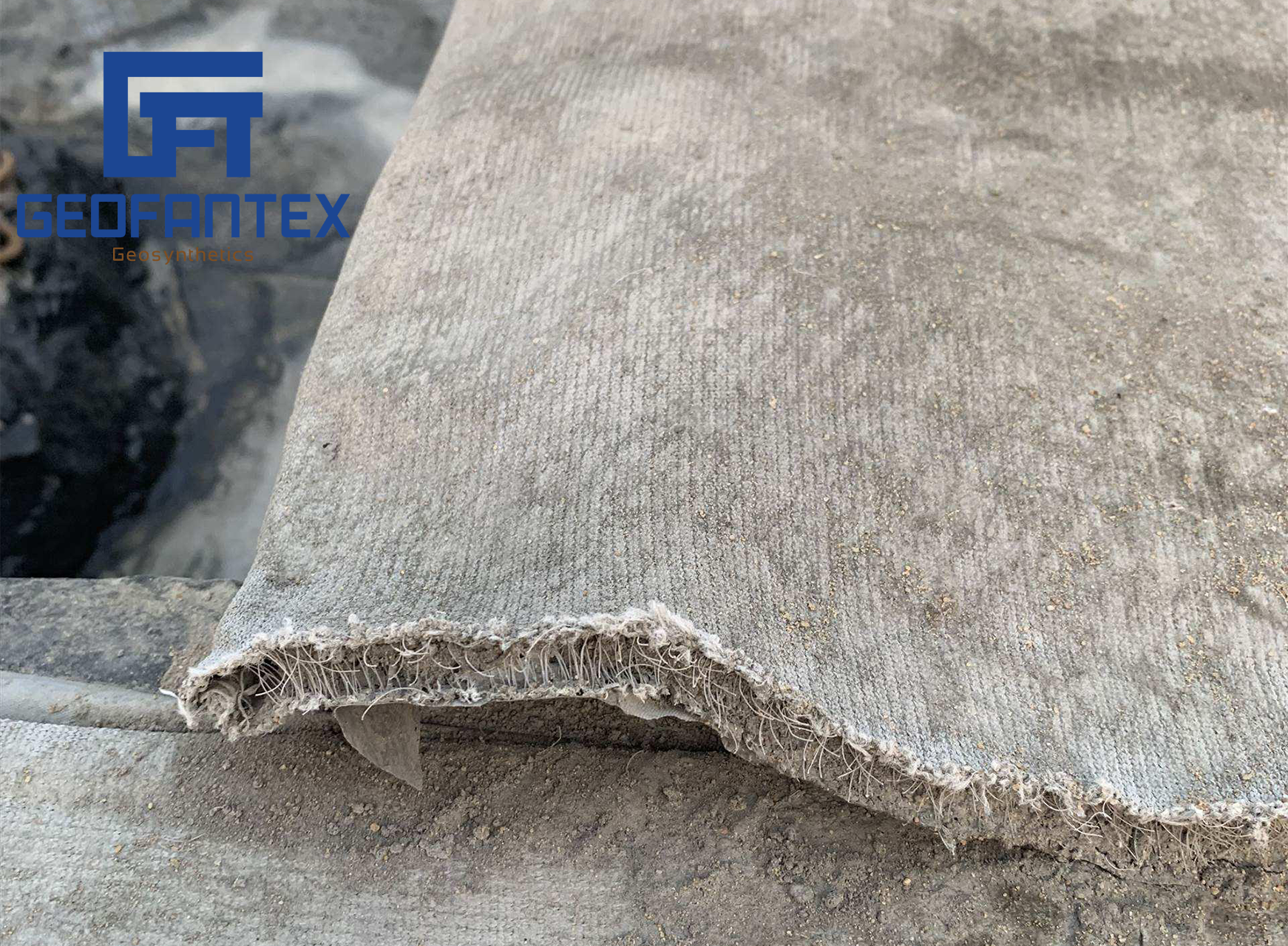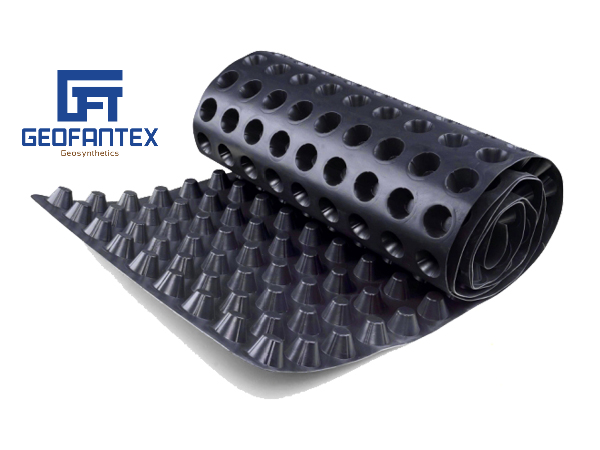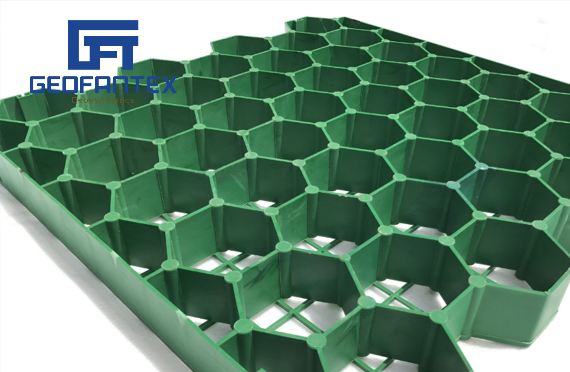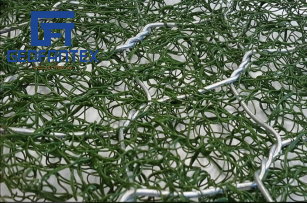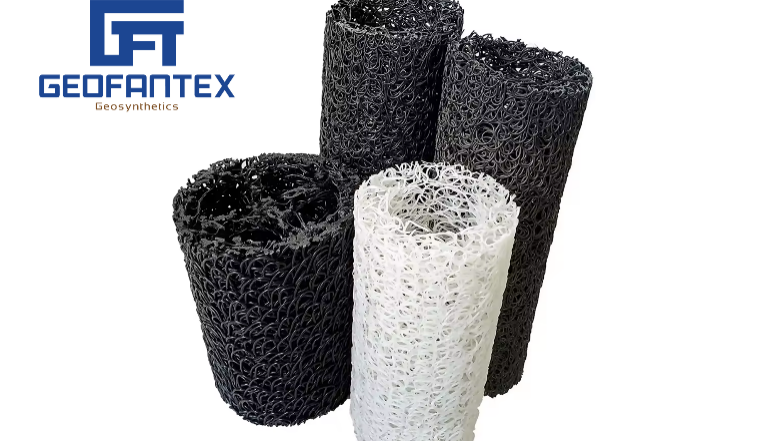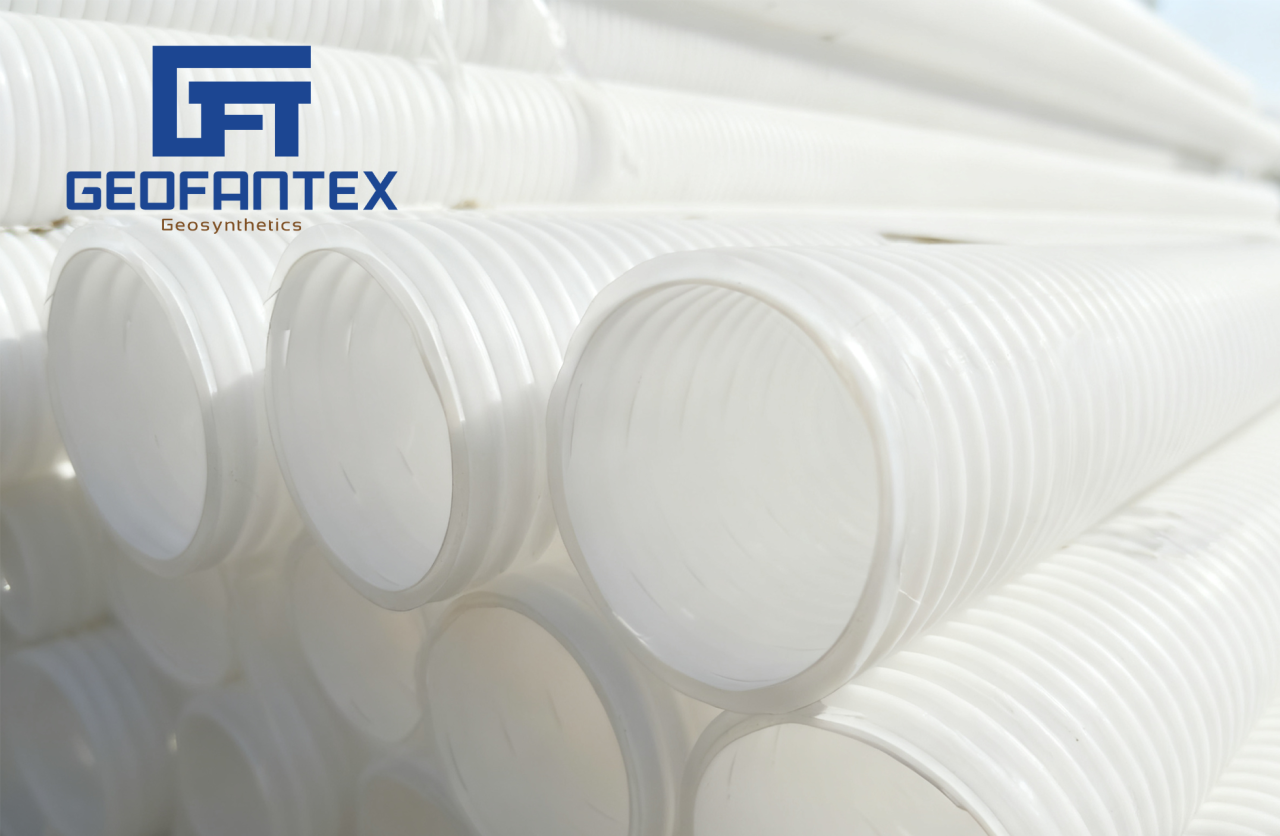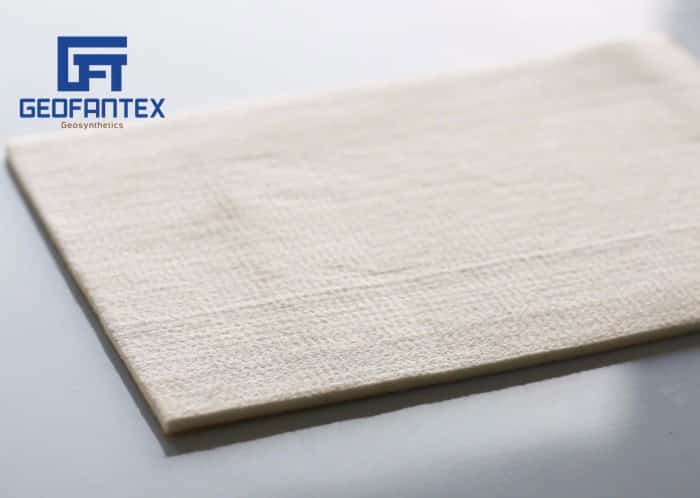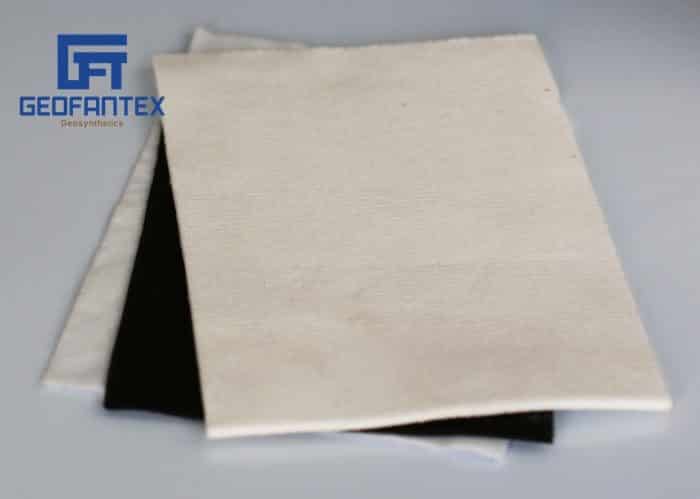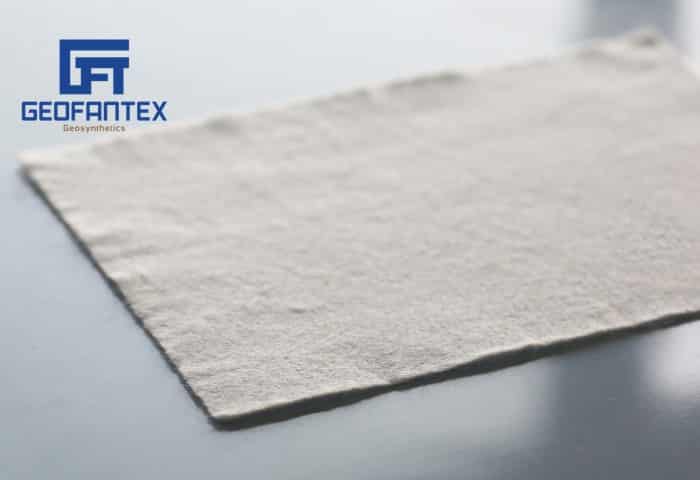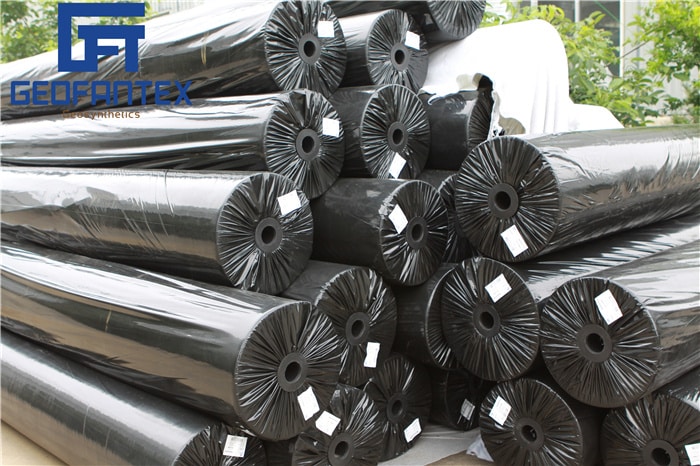+86-159 9860 6917
info@geofantex.com
geofantex@gmail.com
+86-400-8266163-44899
Geotextile fabric is an unsung hero in the realm of driveway construction and landscaping. This high-strength, permeable material not only enhances the durability of driveways but also plays a crucial role in soil stabilization, filtration, and drainage. As homeowners and construction professionals seek sustainable and efficient methods for driveway installation, understanding the role and benefits of geotextile fabric becomes paramount. This article dives into the essence of geotextile fabric under driveways, answering prevalent questions and shedding light on its necessity, selection, and performance.
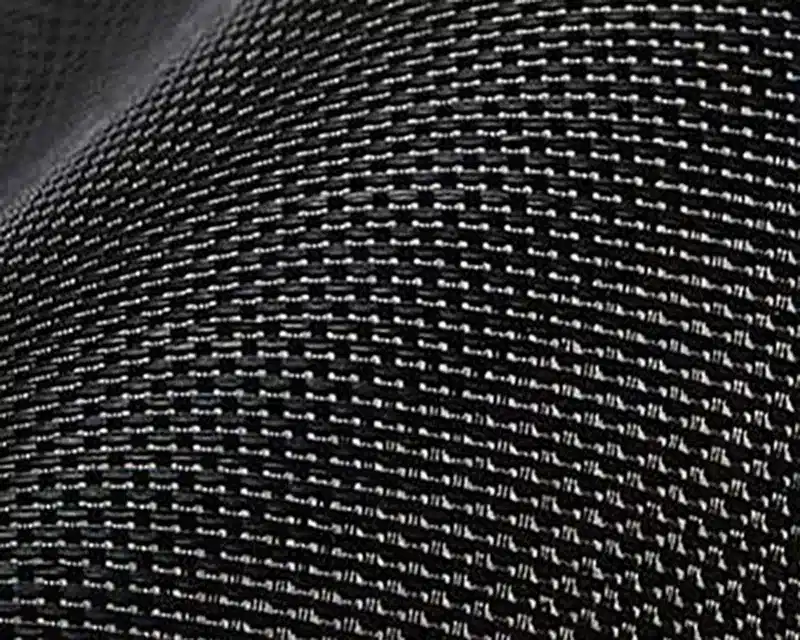
Is Geotextile Fabric Needed for Driveway?
Using geotextile fabric under a driveway can be beneficial in several ways:
- Preventing Erosion: Geotextile fabric can stabilize the soil beneath the driveway, reducing erosion caused by water flow or vehicle movement.
- Improving Load Distribution: It helps distribute the load of vehicles more evenly across the soil, which can prevent sinking or rutting of the driveway surface.
- Weed Prevention: Geotextile fabric can act as a barrier to weed growth, reducing maintenance needs over time.
- Longevity: By providing a stable base, geotextile fabric can contribute to the driveway’s longevity by reducing the likelihood of soil settlement and related issues.
In conclusion, while geotextile fabric may not be necessary for all driveways, it can significantly enhance their performance and durability, making it a worthwhile consideration depending on soil type, drainage conditions, and expected traffic load.
What Fabric to Use Under Driveway?
When choosing a fabric to use under a driveway, you typically want a durable and strong geotextile fabric that can provide good support and separation. Here are some key factors to consider:
- Strength and Durability: Look for geotextiles that are designed to withstand heavy loads and pressures. Non-woven geotextiles or woven geotextiles with high tensile strength are often suitable.
- Permeability: The fabric should allow for adequate drainage to prevent water buildup under the driveway. This helps in maintaining the stability of the driveway over time.
- Installation Ease: Choose a fabric that is easy to handle and install. This can save time and effort during the installation process.
- Compatibility with Soils: Ensure the fabric is compatible with the soil type in your area. Some fabrics are designed to work better with certain soil conditions, providing better performance.
- UV Resistance: If the fabric will be exposed to sunlight, consider UV-resistant geotextiles to ensure longevity and performance over time.
Typically, a non-woven geotextile fabric with sufficient weight and strength is commonly used under driveways. It helps in separating the subsoil from the base material, reducing the risk of rutting and settling.
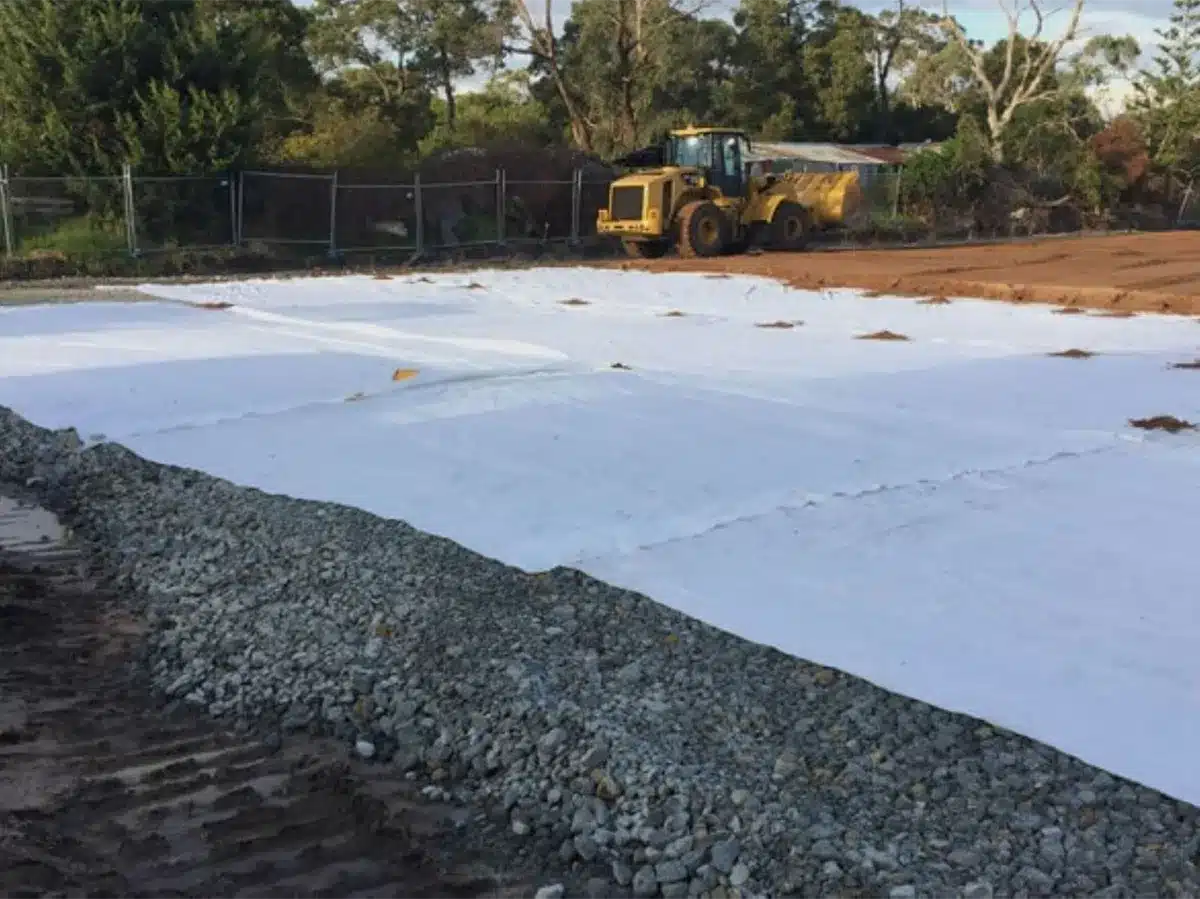
Can water pass through geotextile fabric under a driveway, and how does it affect drainage?
- Permeability: Geotextile fabric allows water to pass through while blocking soil particles, preventing clogging of the base material.
- Drainage Improvement: Facilitates proper water flow beneath the driveway, reducing waterlogging and hydrostatic pressure.
- Erosion Prevention: By keeping soil in place, it prevents subgrade erosion that could cause sinking or uneven surfaces.
- Subbase Stability: Maintains separation between gravel/base layers and soil, ensuring the driveway remains level and structurally sound.
- Longevity and Low Maintenance: Enhances the durability of the driveway and reduces the need for frequent repairs or replenishment of gravel.
How does geotextile fabric impact water drainage under driveways?
Geotextile fabric significantly improves water drainage beneath driveways through several mechanisms:
- Permeability: The fabric allows water to pass through while preventing soil particles from entering the base layer. This maintains proper water flow and prevents clogging.
- Erosion Control: By keeping soil in place, geotextiles prevent subgrade erosion that could otherwise lead to sinking, rutting, or uneven driveway surfaces.
- Subbase Stability: Geotextiles maintain separation between gravel or base layers and the underlying soil, ensuring structural integrity and level surfaces over time.
- Reduction of Hydrostatic Pressure: Proper drainage reduces water buildup and hydrostatic pressure beneath the driveway, protecting it from damage during heavy rainfall.
- Longevity and Low Maintenance: By enhancing drainage and preventing soil migration, geotextile fabric helps extend the lifespan of the driveway and reduces the need for frequent repairs or gravel replenishment.
In summary, geotextile fabric ensures effective water management under driveways, stabilizes the subgrade, and contributes to long-term durability, making it a crucial component in modern driveway construction.
Geotextile fabric under driveways is not just an option; it’s a necessity for anyone looking to build a durable, long-lasting, and maintenance-free driveway. Whether it’s choosing the right type of fabric, understanding its benefits under a gravel driveway, or recognizing its water-permeable properties, geotextile fabric plays a pivotal role in modern driveway construction. By integrating this powerful material into your driveway project, you can significantly enhance the stability, functionality, and longevity of your investment. As we advance towards sustainable construction practices, the application of geotextile fabric in driveways emerges as a smart, environmentally friendly choice that offers unparalleled benefits.
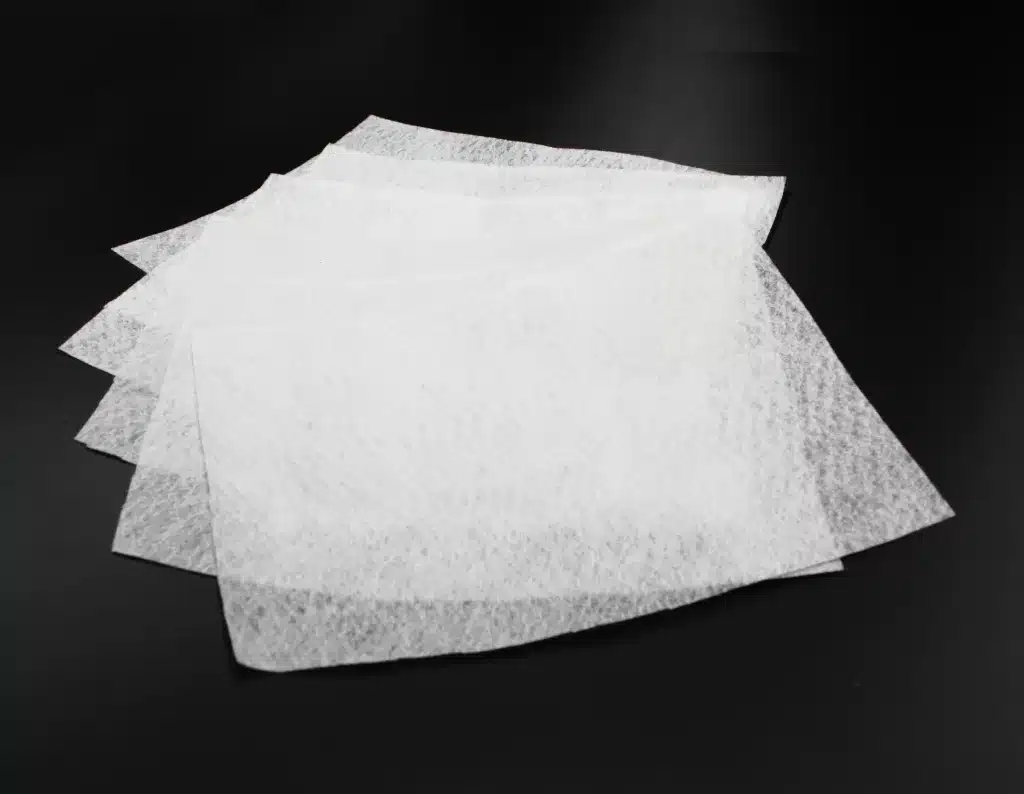
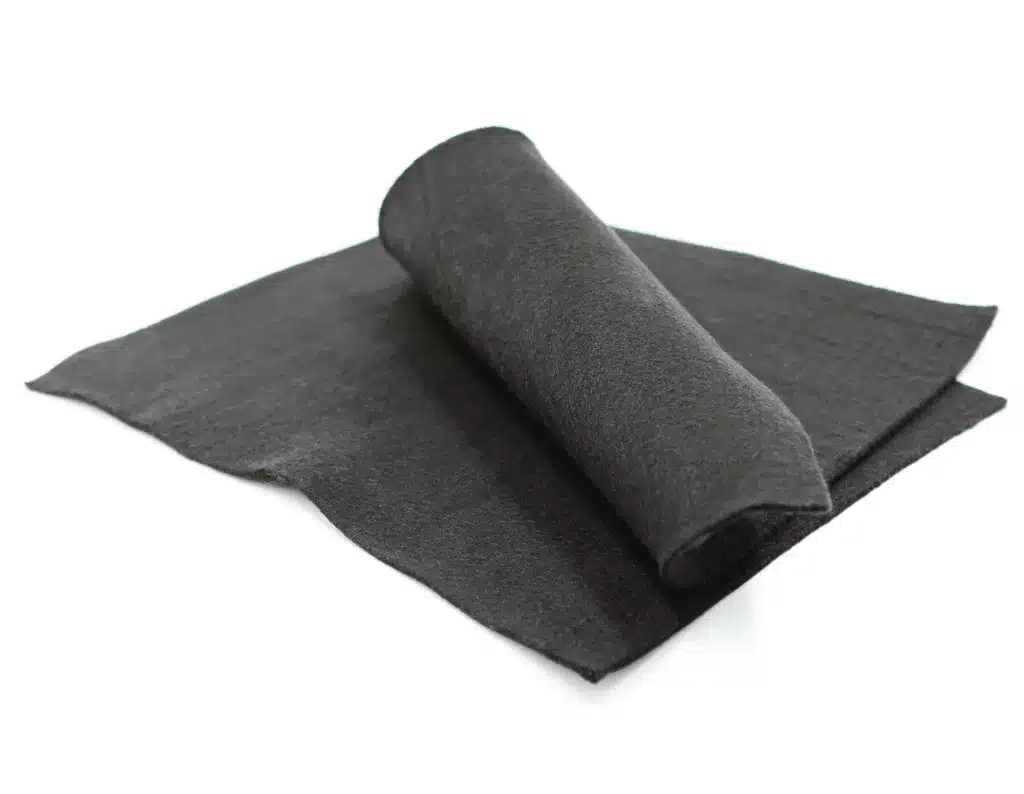
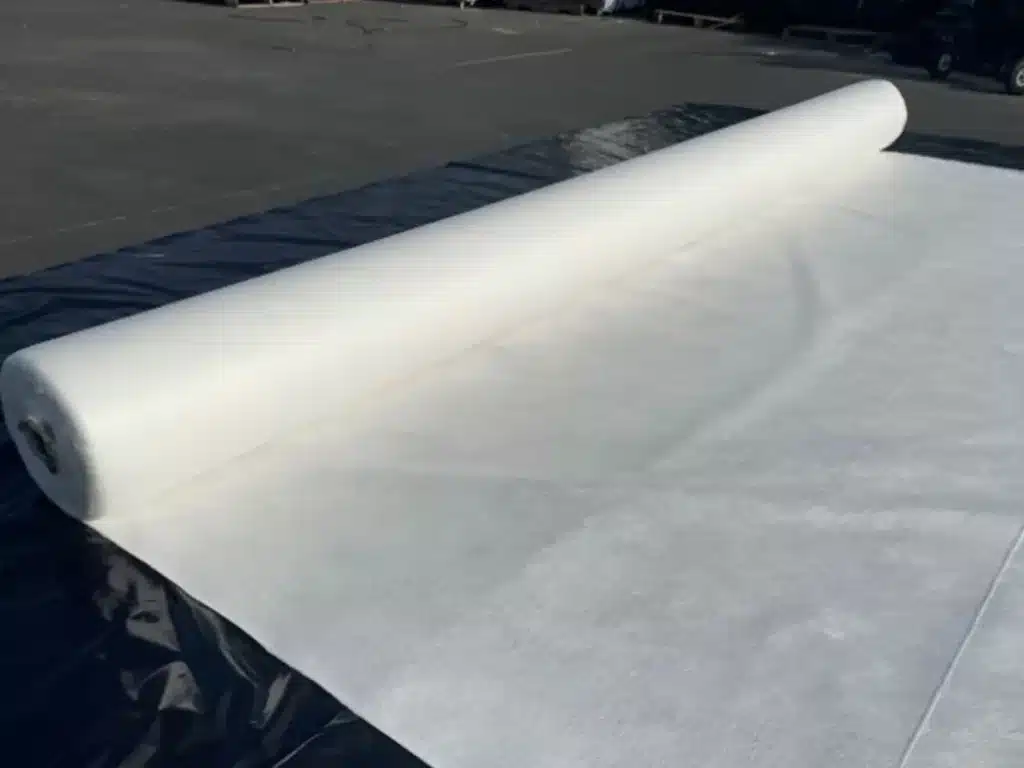
Get Free Sample
We’ll respond as soon as possible(within 12 hours)

